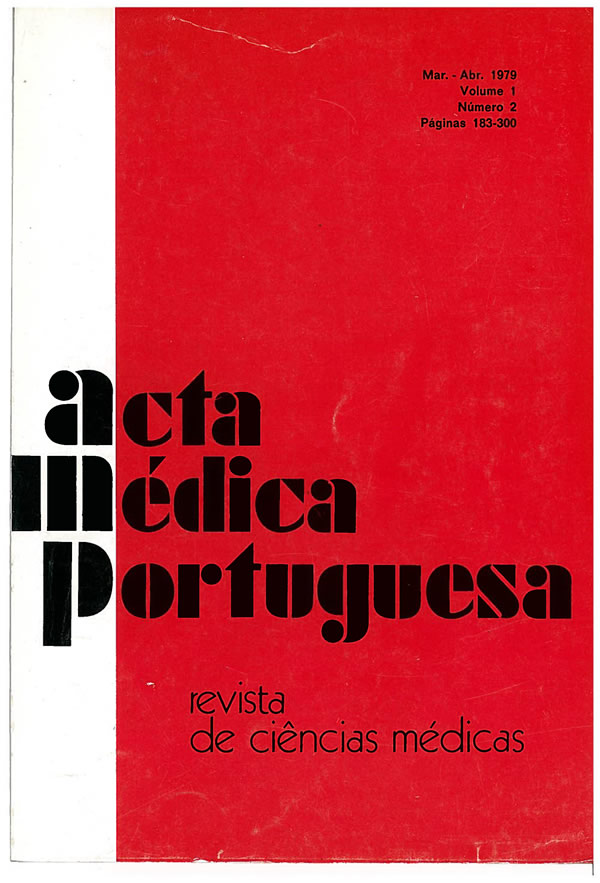Effects of acute ischaemia induced by atrial pacing on coronary blood flow in dogs.
DOI:
https://doi.org/10.20344/amp.4334Abstract
Five anaesthetized open chested dogs were studied by measuring left anterior descending (LAD) coronary blood flow, at rest, after atrial pacing and after Isoprenaline infusion. The LAD was then stenosed in order to reduce the hyperaemic response and then the study was repeated. During the control situation LAD flow was shown to increase with the increase in heart rate. Although the partial occlusion did not drop resting coronary flow, it actually fell under stress conditions to 68 % of the control values. The importance of this observation is that although one might expect flow in a stenosed vessel to increase to a maximum limited by the stenosis, this in fact does not happen. lt appears that with increasing stress, local ischaemia produces a rise in coronary resistance. Such a mechanism may explain the occurrence of myocardial infarction without proximal occlusion of coronary vessels and may explain the discrepancy between the time course of myocardial infarction as observed following experimental coronary ligation and that seen in man.
Downloads
Downloads
How to Cite
Issue
Section
License
All the articles published in the AMP are open access and comply with the requirements of funding agencies or academic institutions. The AMP is governed by the terms of the Creative Commons ‘Attribution – Non-Commercial Use - (CC-BY-NC)’ license, regarding the use by third parties.
It is the author’s responsibility to obtain approval for the reproduction of figures, tables, etc. from other publications.
Upon acceptance of an article for publication, the authors will be asked to complete the ICMJE “Copyright Liability and Copyright Sharing Statement “(http://www.actamedicaportuguesa.com/info/AMP-NormasPublicacao.pdf) and the “Declaration of Potential Conflicts of Interest” (http:// www.icmje.org/conflicts-of-interest). An e-mail will be sent to the corresponding author to acknowledge receipt of the manuscript.
After publication, the authors are authorised to make their articles available in repositories of their institutions of origin, as long as they always mention where they were published and according to the Creative Commons license.









